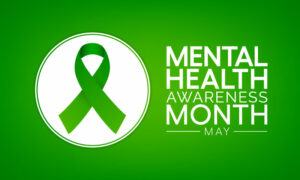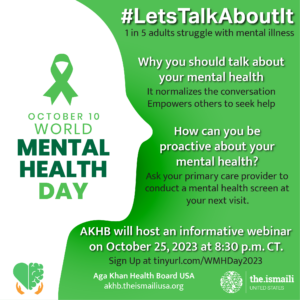“If it is fat-free or sugar-free, is it OK to eat as much as you want?”
Obesity is on the rise and fats and sugar are always blamed, however fats and sugars are not the only culprit for weight gain. They are related to weight gain; gram for gram, fats provide more than twice the calories than a gram of carbohydrate or protein. Additionally, many sugar-added foods contain more calories without the benefits of other nutrients, for example, desserts and sodas. However, portion size is something we don’t think about; in fact, when we eat something that’s fat-free or sugar free, we sometimes eat as if these foods are our free ticket to “all you can eat” and still lose weight. But these foods are not calorie free. The extra weight comes on when we eat more calories than our body is able to use for energy and the excess is stored as fat, resulting in unwanted weight gain. A 2002 survey conducted by the Food Marketing Institute revealed that people who were concerned about what they ate did not believe calories were of concern (only 13% said calories were a concern to them); in fact, nearly half of those surveyed were more concerned about fat (49%) and to a lesser degree about sugar (18%), salt (17%) and cholesterol (16%) – yet obesity is on the rise. What this tells us is that we may be watching our fats and sugars, but we are eating without watching how much – that we are losing control over our portions!
What is portion control? Portion control is enjoying foods you love, even those that are nutrient dense (foods with a good amount of beneficial nutrients), in moderation. It is also limiting foods that are not nutrient dense for occasional delight. This is the age of “supersize” for less money, but this “saving” will only result in healthcare costs to pay for preventable diseases later because of the careless consumption choices we make today. It is important to monitor what and how much we eat. Based on our caloric needs for ages 2 and up, it is recommended to have 3-8 oz. of grain products per day of which at least half should be whole grains. For fruits, it is recommended to have 1-1 ½ cups per day and for vegetables it is 1-3 cups per day. The intake recommendation for protein foods such as nuts, eggs, meats, poultry, and fish, as well as legumes and lentils, is 2-6 ½ oz. per day; and finally recommendation for dairy products (including milk and soy beverages) is 2-3 cups per day. Here are few examples of how to tell what a serving size is: (source: University of Nebraska Cooperative Extension)
- 3 ounces of meat = a deck of cards or the palm of your hand
- ½ cup of cereal, rice, pasta or ice cream = 1/2 baseball
- 1 ½ ounces of natural cheese = a 9-volt battery or 3 dominoes
- 1 teaspoon butter, margarine, mayonnaise or oil = a thumb tip (the top joint)
- 1 ounce nuts = one handful (not heaping!)
- 1 tablespoon of salad dressing or peanut butter = ½ ping-pong ball
Enjoy the many desserts, drinks, and other delicious recipes presented in this e-book, but remember to do so in moderation. Don’t let the portion control you, you have to control the portion! To find out how many calories you need and customize your plate with the right portion, visit www.Myplate.gov and make each day a healthy day
Source:
- http://www.cdc.gov/nchs/data/hpdata2010/hp2010_final_review_focus_area_19.pdf
- http://www.usda.gov/factbook/chapter2.pdf (page 14)
- http://lancaster.unl.edu/food/ftmar03.html




